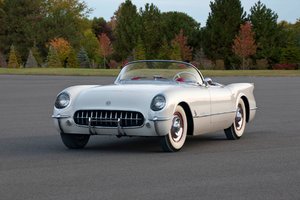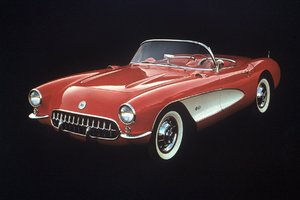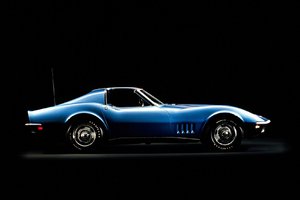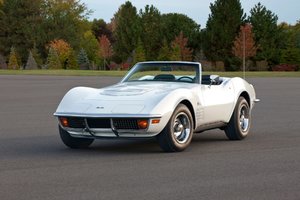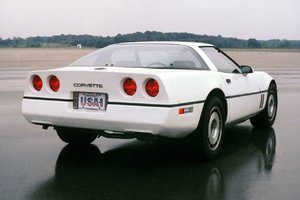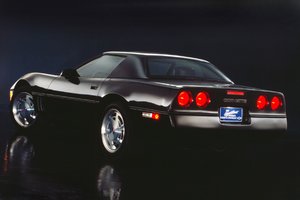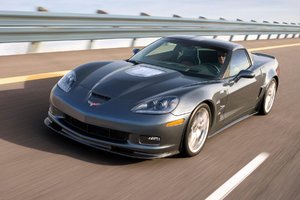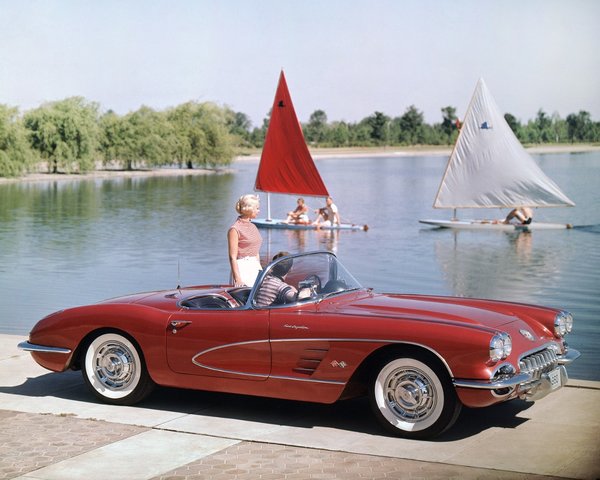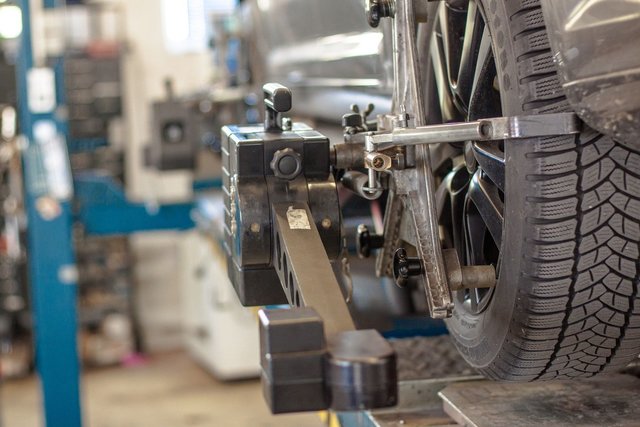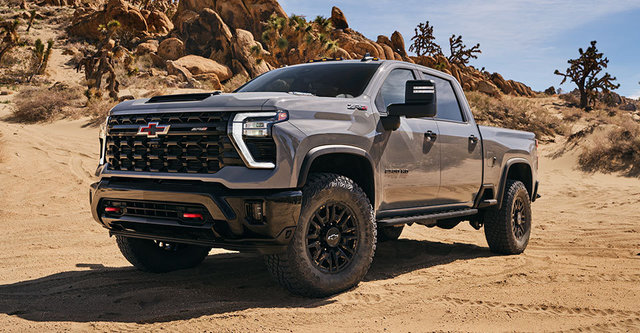The eighth generation 2020 Chevrolet Corvette C8 will be unveiled in less than a month ! Presented as the most anticipated Corvette in history, the C8 will be the first to have a mid-engine.
The idea of a Corvette with a mid-engine is not new. 50 years ago, an engineer from the GM Corvette team named Zora Arkus-Duntov was working on a version equipped with this type of engine. The engineer had created several mid-engine prototypes during his career between 1953 and 1975, but none had convinced Chevrolet to make this major shift on its high-performance model.
The more powerful versions of the Corvette C8 could carry the name Zora as a tribute to the father of the Corvette, since GM has recently trademarked this name.
By placing the engine in the center of the car, the engineers balance the front and rear masses and are able to maintain even traction on all four wheels. This makes them incredibly stable in the corners. The center of gravity is also lower.
Until now, images of the camouflaged Corvette have circulated widely on the web. Despite the camouflage, we can notice big changes in the design. It will be only July 18th that we may have more information about it.
A little history
The Corvette was presented for the very first time on January 17th 1953, as part of the General Motors Motorama exhibition held at the prestigious Waldorf Astoria Hotel in New York. The mass production of this first generation of Corvette began a little later, in the summer of 1953. It was at that time the first car to present a fiberglass body, offering a better power/weight ratio and more versatility in design. All first-generation Corvette vehicles, built from 1953 to 1962, were convertible.
The second generation of Corvette arrived on the market in 1963, and marked a true revolution in its history. Nicknamed Sting Ray, the Corvette C2 featured a low center of gravity and a sportier seating position, as well as a brand new, independent rear suspension that dramatically transformed the car's performance. New stylistic elements that would become a historic signature have also been introduced: the split rear window and the retractable lights. The 1963 Corvette was often recognized as one of the most beautiful in the automotive history.
The third generation of Corvette was produced from 1968 to 1982. Featuring a more aggressive style, this generation has allowed the development of various new technologies. The body is no longer made of fiberglass, but made from a sheet molding mix. All Corvettes have been using this blend since 1973, but its composition has changed dramatically, with the gradual abandonment of fiberglass for lighter plastic, which gives it greater elasticity to prevent cracking. The year 1979 marks a record year for the Corvette, which will be sold at 58,307 units.
The fourth generation of Corvette (1983-1996) symbolizes the use of high-tech characteristic of the 1980s, which leads to significant advances in design and manufacturing techniques, performance and the arrival of electronic control. As for aesthetic, C4 marks the introduction of the electroluminescent dashboard with digital counters.
The fifth-generation Corvette is produced from 1997 to 2004. The vehicles from this generation are lighter than their predecessors through the use of sheet-molding body panels with more plastic than ever before. In terms of manufacturing, the Corvette is a precursor with the introduction of a more environmentally friendly water-soluble paint system; a method that has become the standard today for car manufacturers.
The sixth generation was launched in 2005. For the first time, the Corvette no longer has its signature retractable lights. For the C6 Z06 introduced in 2006, Chevrolet has worked as never before on the performance of the Corvette, using technology and lightweight materials. This version is equipped with an aluminum frame instead of the standard steel frame and carbon body panels. The 2009 Corvette ZR1 uses the same aluminum chassis as the Z06 and incorporates more carbon fiber body parts, especially on the roof.
Lightweight materials and advanced technologies that were at the heart of the Z06 and ZR1 design set the stage for Corvette's seventh generation, introduced in 2013.


